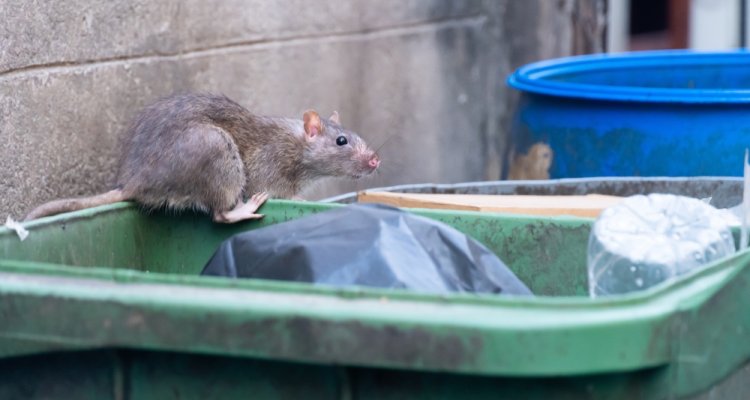Urban Greening Linked to Rise in Rodent-Borne Zoonotic Pathogens
Wild rodents can host a great diversity of zoonotic pathogens. Rodents that live close to humans increase the likelihood of transfer of such pathogens. “Changes in the environment such as urban greening can increase the presence of rodents and result in a higher human disease risk in urban areas”, states Marieke de Cock based on her research. She successfully defended her PhD from Wageningen University & Research on March 15th, 2024.
Zoonoses are infectious diseases caused by pathogens transmitted from animals to humans. Changes in the environment, such as urban greening, may influence the transmission of pathogens between animals and from animals to humans.
While urban greening is increasingly being implemented to counteract the negative effects of urbanisation, little is known about the effects this trend might have on rodent-borne and wildlife-borne zoonotic disease risk. “There still are many knowledge gaps and opportunities to improve rodent-borne and wildlife-borne zoonotic disease surveillance, both on a national and European level. In my research, I focused on the public health risks of rodent-borne zoonoses in urban environments. These insights are important in order to gain knowledge about potential disease risks and how to prevent disease transmission to humans”, says Marieke de Cock, who performed her research at the National Institute for Public Health and the Environment (RIVM) in collaboration with Wageningen University & Research.
Environmental changes
Changes in the urban environment, such as urban greening, could affect the disease hazard by altering rodent densities and zoonotic pathogen transmission. De Cock: “Therefore, we investigated the relationships between urban greenness, rodent abundance and the prevalence and diversity of rodent-borne zoonotic pathogens.” The researcher conducted field studies in the cities of Amsterdam, Rotterdam and Eindhoven. “Here we systematically trapped wild rats on locations with varying degrees of urban greenness. We observed that both the degree of urban greenness and food-related variables were positively associated with the abundance of wild rats.” The results imply that urban greening likely increases the abundance of wild rats. “For the abundance of small mammals (including rats and mice), we found that the absence of predators was more important than the degree of greenness. Still, urban greenness significantly enhanced the abundance of these small mammals.”
Increased disease hazard
An increase in the population of rodents might lead to an increase in pathogen abundance, via an increased density-dependent transmission of zoonotic pathogens between rodents. This may result in higher numbers of infected rodents and thus a higher zoonotic disease hazard. “In our research we found that specifically vector-borne zoonotic pathogens were more prevalent in greener urban areas.” According to De Cock, this can be explained by an increased presence and survival of vectors, such as ticks and fleas, in greener urban areas. “Thus, urban greening could lead to a higher disease hazard of rat-borne zoonotic pathogens. Whether this also leads to a higher disease risk will depend on the exposure, an aspect which should be further investigated”, concluded the new doctor in science.

